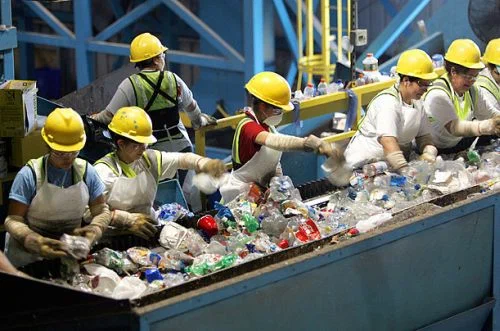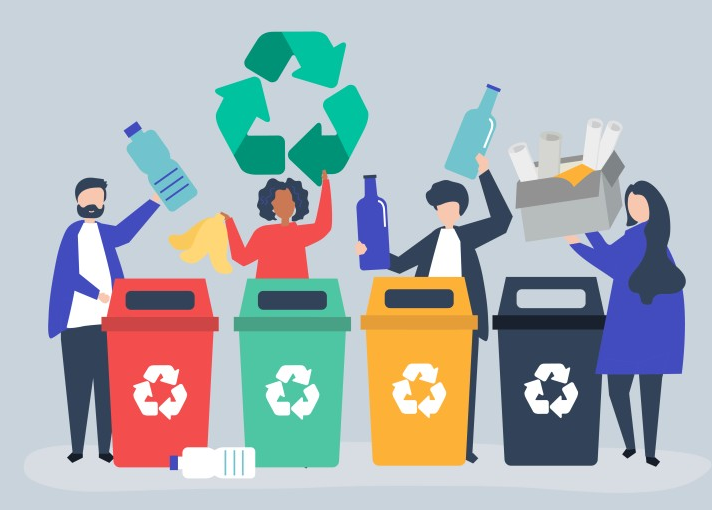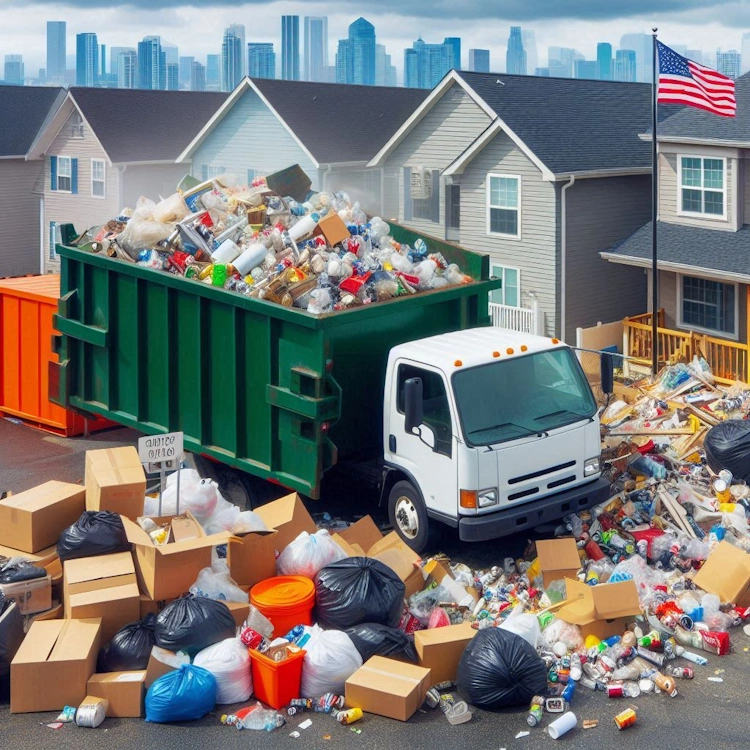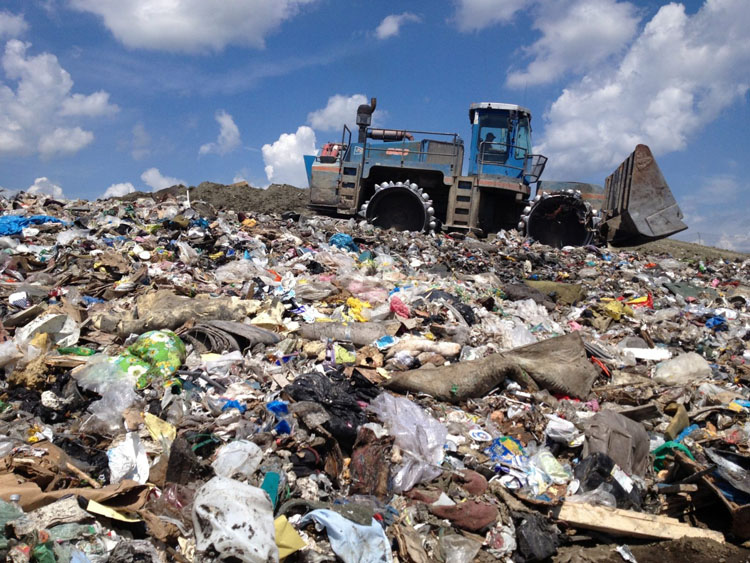New York City, often referred to as the “Concrete Jungle,” stands as a testament to human innovation, ambition, and diversity. However, beneath its towering skyscrapers and bustling streets lies a complex challenge: managing the vast amounts of waste generated by its millions of residents and businesses.
Historical Evolution of Waste Management in NYC
The history of waste management in New York City is as rich and diverse as the city itself. In the early days of the metropolis, waste disposal was a simple affair, with garbage often discarded in open pits or bodies of water. As the population swelled, so did the waste problem, prompting the city to develop more organized strategies.
The introduction of landfills in the mid-20th century marked a significant shift in waste management. However, as these landfills reached capacity and environmental concerns grew, the city had to reevaluate its approach. The closure of Fresh Kills Landfill in Staten Island in 2001, once the world’s largest landfill, highlighted the need for more sustainable solutions.
Current Waste Management Practices
New York City employs a multifaceted approach to waste management, incorporating recycling, composting, and waste-to-energy technologies. The Department of Sanitation (DSNY) plays a pivotal role in collecting and processing the city’s waste. The curbside collection system, which covers residential and many commercial areas, is a familiar sight as sanitation trucks traverse the city’s five boroughs.
Recycling efforts in the city have expanded over the years, encompassing materials like paper, glass, metal, and plastic. The introduction of single-stream recycling simplified the process for residents, allowing them to commingle recyclables in a single container. The challenge, however, lies in ensuring that these materials are properly sorted and not contaminated, a common issue in densely populated urban areas.
Composting has gained traction as a means of diverting organic waste from landfills. The NYC Organics program, launched in 2013, encourages residents to separate food scraps, yard waste, and other organics for composting. This initiative aligns with the city’s goal of sending zero waste to landfills by 2030, outlined in the OneNYC sustainability plan.
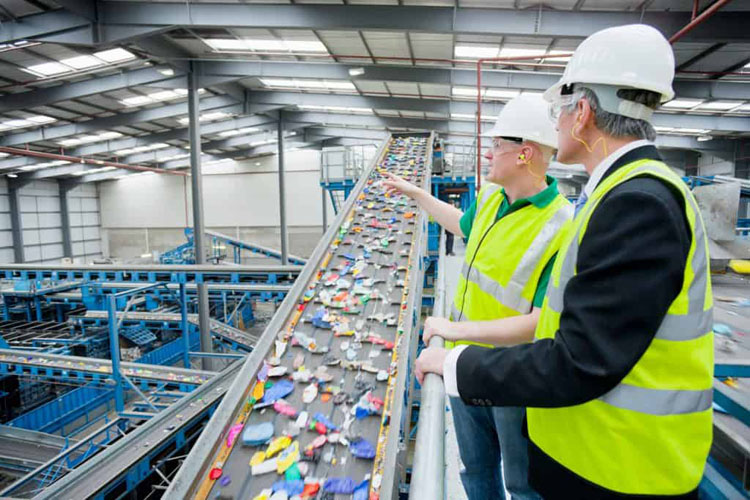
Challenges in the Concrete Jungle
Navigating the waste management landscape in New York City comes with its share of challenges. One of the primary issues is the sheer volume of waste generated daily, exacerbated by the city’s dense population and vibrant economy. Space is a premium commodity in the city, making it challenging to accommodate landfills or processing facilities.
Illegal dumping and littering pose additional challenges, marring the cityscape and straining the sanitation system. Despite strict regulations and penalties, some individuals and businesses continue to contribute to the problem, necessitating ongoing enforcement efforts.
The transportation of waste is another logistical hurdle. The vast network of streets and bridges presents both opportunities and challenges for efficiently moving waste from collection points to processing facilities. Traffic congestion, a perennial issue in New York City, can further complicate these logistics.
Innovative Solutions for a Sustainable Future
To address these challenges, New York City is exploring innovative solutions to enhance its waste management practices and move towards a more sustainable future. Some notable initiatives include:
Waste-to-Energy Facilities: The city is investing in waste-to-energy technologies, which convert solid waste into electricity or heat. These facilities can help reduce the volume of waste sent to landfills while producing renewable energy.
Advanced Recycling Technologies: Implementing advanced recycling technologies, such as artificial intelligence and robotics, can improve the efficiency and accuracy of sorting recyclables. This reduces contamination and enhances the overall effectiveness of recycling programs.
Community Engagement and Education: Recognizing the importance of community involvement, the city is actively engaging residents and businesses in waste reduction efforts. Educational programs and outreach campaigns aim to raise awareness about proper recycling, composting, and waste disposal practices.
Green Infrastructure: Integrating green infrastructure elements into urban design can contribute to waste reduction. Examples include green roofs, which absorb rainwater and reduce stormwater runoff, and permeable pavements that allow water to pass through, minimizing the strain on drainage systems.
Circular Economy Initiatives: The city is exploring the concept of a circular economy, where materials are reused, recycled, or repurposed instead of being discarded. This approach promotes sustainability by minimizing waste and maximizing the value of resources.
Navigating the concrete jungle of waste management in New York City is a formidable task, but the city’s ongoing efforts demonstrate a commitment to sustainability and resilience. By learning from its history, implementing current best practices, and embracing innovative solutions, New York City strives to balance the demands of urban living with the imperative to preserve the environment for future generations. As the city continues to evolve, so too will its waste management strategies, providing a blueprint for other urban centers facing similar challenges in the 21st century.

